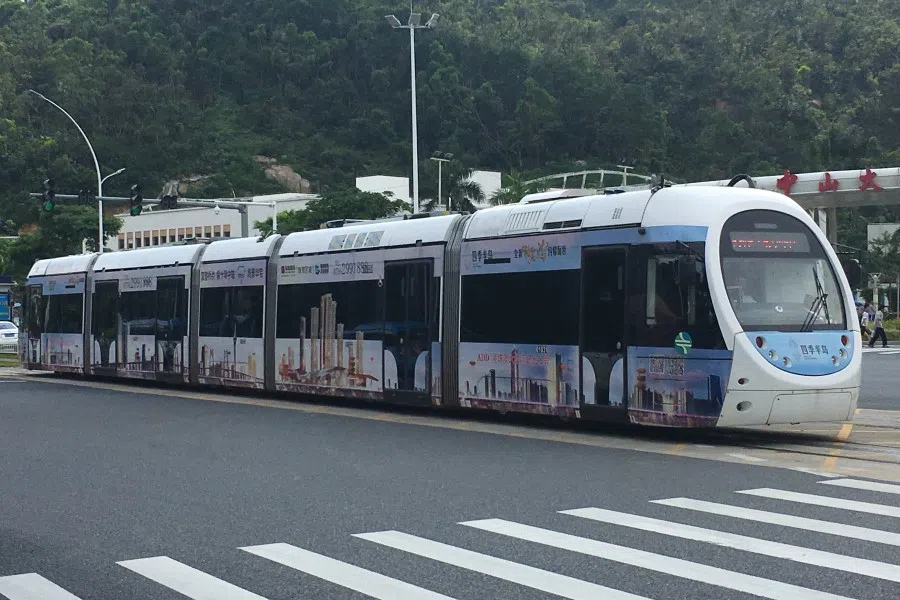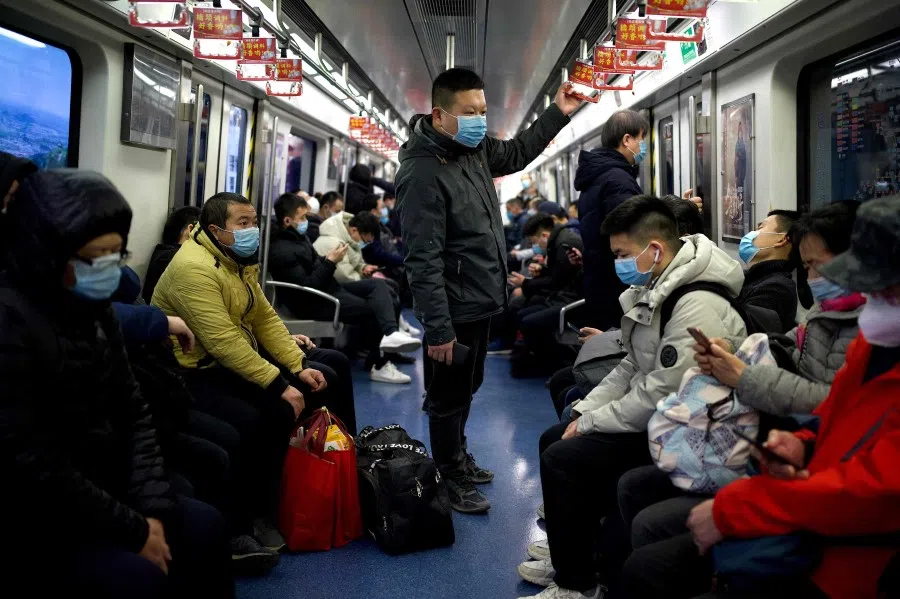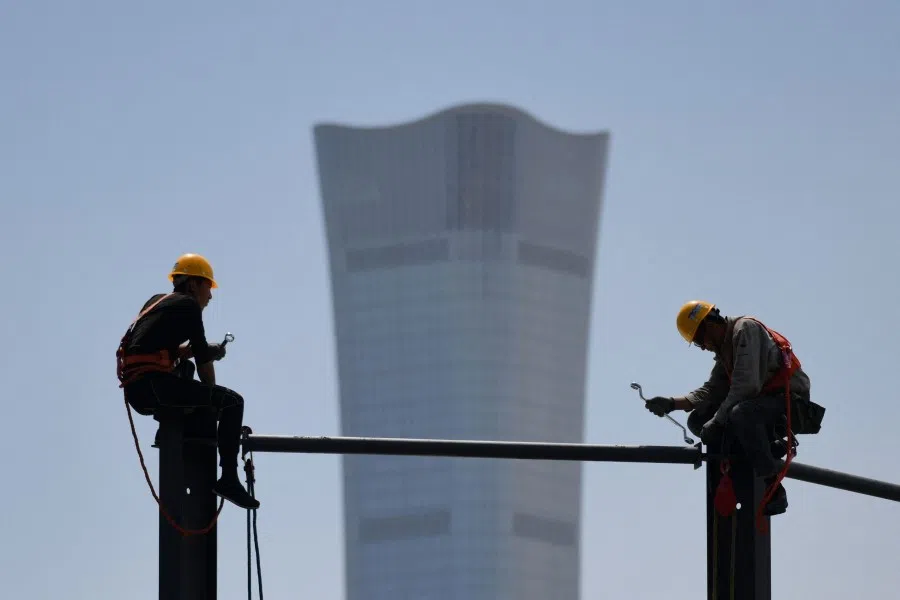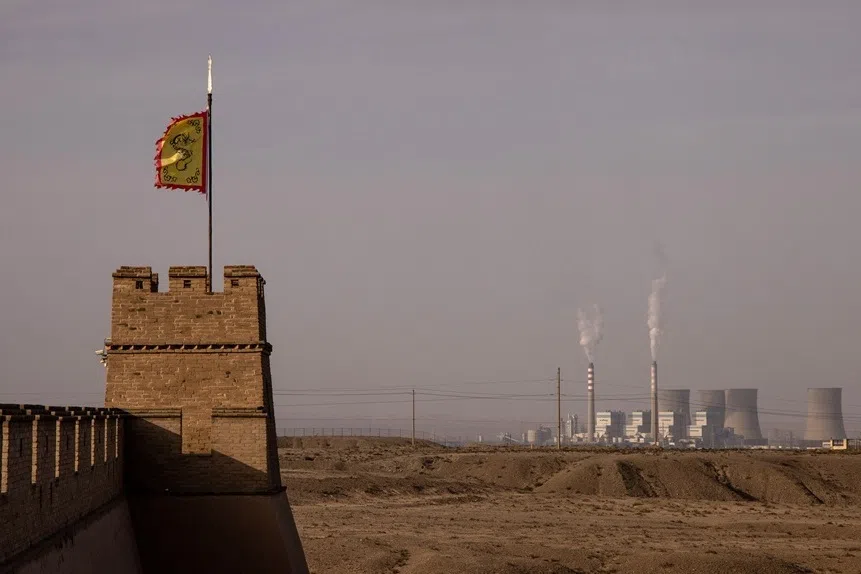Why Chinese local governments indulge in wasteful infrastructure projects
Even as China embarks on various infrastructure projects, how many of these projects are actually useful, or bring real benefits to the people they are supposed to serve? Are all of these projects truly worth the money and effort invested? Commentator David Ng takes a closer look at a "white elephant" tram system in the Greater Bay Area and considers the issues involved.

Line 1 of the Zhuhai tram system cost 2.6 billion RMB and stretches for 8.9 kilometres skirting the commercial area, terminating at a newly developed residential area. Along the way, it does not connect with other modes of public transport.
Zhuhai had planned to develop a few more tram lines, and there was even talk of building a subway system. But for some reason, construction of Line 1 did not go smoothly. Work began in 2013 but it only began operations in 2017, which is not the "speed of China".
And then, after three and a half years, it stopped running in January this year. Passenger numbers were only 5% of the projected volume, and annual ticket revenue was just about one million RMB. The government's average annual subsidy was about 44 million RMB, with depreciation costs of 47 million RMB, for a total of 91 million RMB. With such heavy losses, the only way was to stop operations - but the project is still depreciating.
This is not the only "white elephant" infrastructure project in China. The Xijiao and Yizhuang lines on the Beijing tram network are doing slightly better than the Zhuhai tram line, but passenger volume is still not ideal.
Several other places such as Hefei, Changsha, Chengdu, and Guiyang are also planning or developing tram projects. And besides trams, there are other infrastructure projects around China that have not brought the desired economic and social benefits.

Is a bubble that does not burst really a bubble?
When prices rise beyond economic fundamentals, an economic bubble forms; false prosperity can also lead to an economic bubble.
Infrastructure funding comes mainly from the government budget. When an economy grows rapidly, the people's income goes up, as will budgetary income such as taxes, leading to a steadier government budget. The government will then be able to purchase more public goods such as infrastructure, which is what has led to China's rapid infrastructure development after its reform and opening up.
China's socialist market economy has allowed the government to plan according to its vision, invest in infrastructure, expand the scope of investments and improve construction efficiency.
Some people in China feel that developing infrastructure is not just about economic benefits, but also social benefits. Even if economic benefits are no good, it is still worth it if the social benefits are decent.
Infrastructure projects that bring no economic benefits and no social benefits are obviously a waste.
So-called social benefits means putting limited resources to optimum use, to meet people's growing material and cultural needs. It is not common to only look at social benefits in developing infrastructure, and different people generally have different ideas of social benefits.

Did the Line 1 tram in Zhuhai meet people's needs? Yes, but few actually benefited. There were too few passengers, which led to heavy losses and its eventual closure. And as the rail occupies two vehicle lanes, some people have suggested quickly removing the rails.
Infrastructure projects that bring no economic benefits and no social benefits are obviously a waste.
And yet, a tram system is far cheaper than a subway system. Dividing the investments on Zhuhai's Line 1 tram over four years, that amount is only 0.39% of Zhuhai's GDP in 2013, the year the rail was laid, and 3.3% of public budgetary income for that year.
Given this "affordability", it is easy to see why many local governments in China have made the same investment decision. And so, in March 2021, the National Development and Reform Commission released its opinions on improving rail planning and construction. It proposed a ban on local governments' unruly building of subways and light rail systems, in the name of constructing intercity and suburban railroads.
China's way of suppressing the bubble
Infrastructure that brings no benefits can lead to false market demand. While projects are being constructed, developers need to purchase equipment and manpower; property investors would also be enticed to invest in surrounding property projects, thus stimulating social consumption. This would in turn build up GDP and be a feather in the cap of the government officials in charge of the projects.
However, white elephant projects do not lead to reasonable social benefits. And if the outlay is greater than the returns, continued operations will add to losses; even if operations are ended, spreading out the depreciation and losses will also lower the GDP for years to come. And so, from various viewpoints, it is an infrastructure bubble.
Regulations and interventions that deviate from the capitalist market economy have prevented China's localised bubbles from blowing up and seriously impacting the Chinese economy.

Over the past 40 years, China's economy has seen sustained growth and growth volatility has also been gradually reduced. So far, localised bubbles such as the infrastructure bubble have not led to a systemic financial crisis, for two reasons.
First, the economic environment. With sustained economic growth comes high interest in investment for social benefits, which can easily lead to a bubble forming. But on the other hand, higher incomes can boost future demand, and the bubbles formed in the real economy can be easily controlled and suppressed to the point that they disappear.
Second, risk management. That is, the government proactively intervenes in the speculative activities of the market rather than allowing it to self-correct. As mentioned above, the National Development and Reform Commission has set restrictions on local governments constructing new subways and light rail systems, and laid down rules that housing is only for living in and not for flipping. Regulations and interventions that deviate from the capitalist market economy have prevented China's localised bubbles from blowing up and seriously impacting the Chinese economy.
However, if economic regulators do not promptly identify areas of risk and possible dangers, it is also possible that bubbles can grow bigger, creating a "mother of all bubbles" that can blow up the economy.





